What Are the Dead Sea Scrolls?
The Fellowship | June 21, 2023
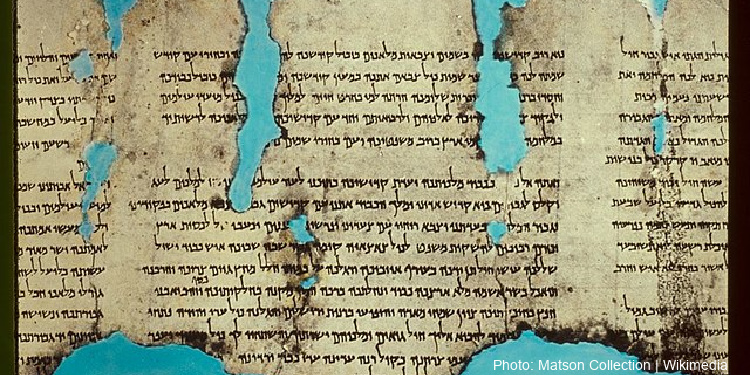
The Dead Sea Scrolls are ancient manuscripts found in the Holy Land in the 1940s and 1950s. Since their discovery, the scrolls have provided valuable insight into the Word of God, as well as historical information about Bible times that was not known until they were found.
This article will look at their discovery and their history since then — exploring where the Dead Sea Scrolls were found, who found them, and why they were hidden for two millennia. We’ll then look inside the Dead Sea Scrolls — learning about which books of the Bible the scrolls hold and how many manuscripts there are, who penned the scrolls and in what language they were written in, and how they have been translated. Finally, we’ll find out where the Dead Sea Scrolls are today, before looking at the great importance these priceless biblical documents have for both Christians and Jews, as they have shed so much light on the Bible—God’s Word that is the cornerstone for our shared faith.
Discovery of the Dead Sea Scrolls
The Dead Sea Scrolls were found in a series of 12 caves near the northern shore of the Dead Sea in what was then Jordan. Found between 1946 and 1956, the first scrolls were discovered by local shepherds, with more being unearthed later by archaeologists.
The first scrolls were found by accident in 1946 by a trio of Bedouins tending their livestock in the wilderness. One of the shepherds noticed an opening in the rock, and his cousin then stumbled into the cave, where he found seven scrolls. The Bedouin took the scrolls back to show his family, and after a while they were sold to a dealer in Bethlehem. The manuscripts changed hands over the next year before landing in the possession of John C. Trever, a Bible scholar and archaeologist from the United States. Trever realized that the scrolls were similar to the “Nash Papyrus”—until then, the oldest known biblical manuscript in existence—making this a very important archaeological find.
Israel’s War of Independence in 1948 led to these first scrolls being moved to Beirut, Lebanon, to keep them safe while the Holy Land erupted in fighting. That year, the American Schools of Oriental Research (ASOR)—where Trever worked—announced the official discovery of the Dead Sea Scrolls. But the discovery had only just begun.
The Qumran Caves
The Dead Sea Scrolls were found in the Judean Desert near the northern shore of the Dead Sea in what was then controlled by Jordan and is now the West Bank. The area of Qumran had already been of interest to archaeologists for a century, as European explorers first unearthed an ancient cemetery in the 1850s, and in following years also deduced the site had once held a fort.
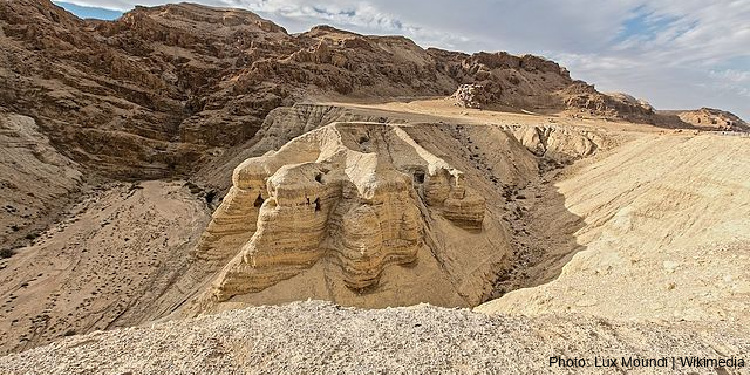
Photo Credit: Lux Moundi | Wikimedia
By the 1940s, the area was mostly inhabited by nomadic Bedouin herders. And it was such a group of shepherds who found the first of the Dead Sea Scrolls. When one of the young men lost an animal, their search led to what is now called Cave 1.
But, the aforementioned Israeli War of Independence in 1948 not only disrupted excavations in the Holy Land, it also led to the site being forgotten. There was too much violence in the area for any big expeditions. And Jordan did not allow access until early 1949. So It wasn’t until a year and half after Israel won her independence that archaeologists again located the cave where the first scrolls lay hidden for centuries, and in the following years, many more caves—and scrolls—would also be revealed. Even in the years since the discovery of many more manuscripts in the Qumran Caves, geopolitical unrest has complicated matters. Israel gained sovereignty over the area after her miraculous victory in the Six-Day War of 1967, but even Israel’s designation of the Qumran Caves as a National Heritage Site has drawn international criticism from the Jewish state’s usual and many detractors.
Who Found the Dead Sea Scrolls?
The Bedouin shepherds who found the initial manuscripts of what we now call the Dead Sea Scrolls were three young men named Muhammed edh-Dhib, Jum’a Muhammed, and Khalil Musa. In late 1946, Jum’a Muhammed first noticed the cave’s opening as the three searched for an animal that had wandered off. His cousin, Muhammed edh-Dhib, then stumbled into the cave, where he found seven scrolls in clay jars. These seven manuscripts included what are now called the Habakkuk Commentary, the Community Rule, and the Isaiah Scroll—the oldest known written copy of the entire biblical Book of Isaiah in Hebrew, one-thousand years older than the next oldest manuscript.
The shepherds, unaware of the immense magnitude of what they had found—to Bible scholars, to historians, and to archaeologists—took the scrolls home to show their family. The scrolls were first hung from their tent poles and shown to visitors. Then they were taken to a local dealer who declared they were worthless, but also secretly wondered if they were stolen from a synagogue because of their contents.
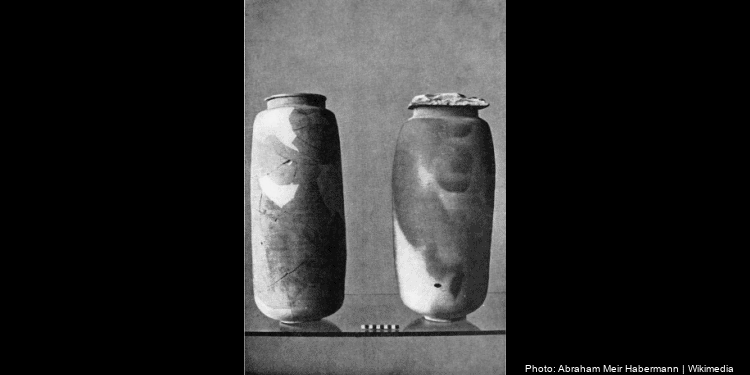
Photo Credit: Abraham Meir Habermann
After the still-unidentified scrolls had changed hands several times among peddlers and wheelers and dealers, at last they came to the attention of John C. Trever of the ASOR. At the time, the Nash Papyrus was the oldest Hebrew text known at the time. Discovered in Egypt in 1902, the Nash Papyrus isn’t a scroll, but rather just fragments, that contain in Hebrew the Ten Commandments and part of the Shema Yisrael prayer said by Jews. Dated to 150-100 BCE, this papyrus would soon be supplanted in importance and age by the Dead Sea Scrolls. Trever compared the newly found scrolls to the papyrus and finding similarities, send photographs of them to William F. Albright, one of the 20th century’s greatest Bible scholars. Albright immediately recognized the scrolls’ importance, calling them the “greatest manuscript discovery of modern times”—which they indeed would prove to be!
Why Were the Dead Sea Scrolls Hidden?
So, why were the Dead Sea Scrolls squirreled away in clay jars in desert caves—not to be found since they were written, and hidden, between 300 BCE and 100 CE? Luckily, the Judean Desert and its caves provide a dry and arid climate, preserving the scrolls for millennia. The caves’ lack of airflow, as well as the fact that many of the scrolls were tucked away in jars, also helped keep the manuscripts in good condition for the centuries until the Bedouin shepherds happened upon Cave 1.
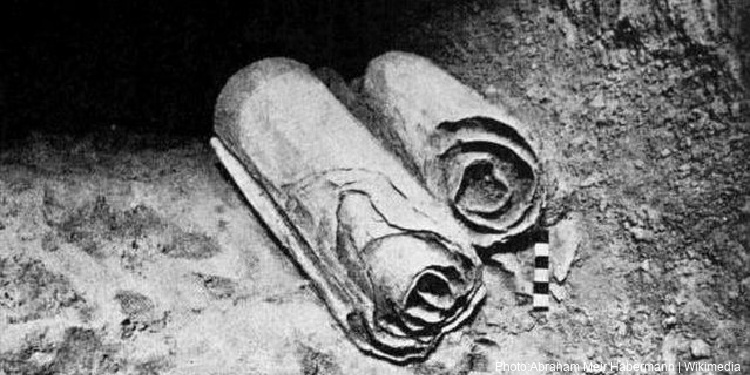
As with any origin story—historical, biblical, or otherwise—there has been debate over who created the scrolls, who left them behind, and why they did so. We will look at the scrolls themselves in a moment, but first, let’s examine why they might have been hidden away so well.
One theory is that the caves were the permanent library of a sect of Jewish believers, as they hold an ancient shelving system. Other scholars suggest that the sect actually lived in the caves. But whatever the reason for the scrolls being deposited in the caves, most seem to have been hidden during the time of the First Jewish-Roman War. This conflict, which occurred between 66-73 CE, saw the Jewish people of the Holy Land rebel against the Roman rule of the wicked Emperor Nero. Continuing their revolt, the Jews fought for the freedom to live and worship as they pleased against the following rulers, Vespasian and his son Titus.
It was Titus who, in 70 CE, besieged the Holy City of Jerusalem, culminating in the destruction of the Second Temple on Tisha B’Av. The Jewish rebels atop the stronghold of Masada were among the last Jewish holdouts against the Roman Empire, their story ending in tragedy which still inspires Jews today. So, in the midst of all of this anti-Semitic violence, it is no wonder why Jewish scribes and scholars of the time might look for a place to hide their most precious documents—the Word of God.
Who Wrote the Dead Sea Scrolls?
That leads us to our next question—the authorship of the Dead Sea Scrolls. Again, as the manuscripts were hidden by a secretive sect or society over two thousand years ago, much about the scrolls’ creators is unknown. So, as with the reason for their being hidden, much of what we know about who wrote and hid them is theoretical.
For much of the time since the scrolls were discovered, the prevailing theory has been that they were written by a Jewish sect called the Essenes, who lived in the Qumran area during the time of the scrolls’ creation. This is evidenced by mention of the Essenes in works by both Josephus and Pliny the Elder. Also the presence of mikvot—Jewish ritual baths—in the area show that it was indeed populated by observant Jews.
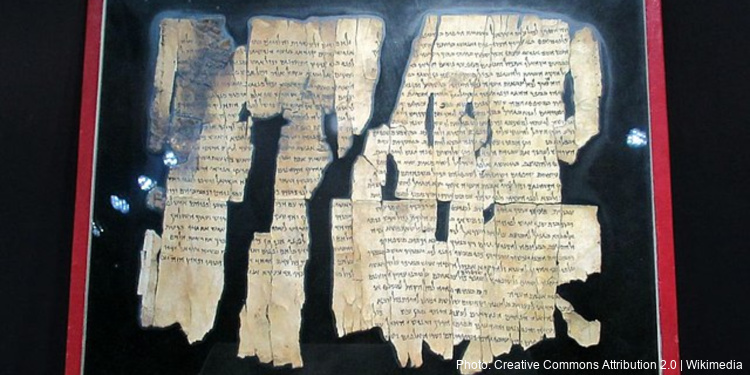
While the Essenes theory has been proposed since the Dead Sea Scrolls’ discovery, and continues to be the prevailing theory of their origin, other theories include: a different sectarian group of Jews, an early Christian community, or that the caves’ contents were from the libraries of Jerusalem, emptied as the Romans destroyed the Holy City.
How Many Scrolls Are There?
While seven manuscripts were originally found in Cave 1 in Qumran, in the decades since, many more caves and scrolls have been discovered. So far, 12 caves have been found to contain parts of the Dead Sea Scrolls—some in scroll form, while others are in fragments. And in those 12 caves, 972 manuscripts have been found so far, providing us with invaluable historical and biblical knowledge.
What Is In the Dead Sea Scrolls?
Until their discovery in 1946, the oldest copy of a book of the Bible was the afore-mentioned Nash Papyrus. But that all changed when those shepherd boys wandered into that cave looking for a lost sheep. Little did they know, but they had discovered the oldest (to date) copy of the Bible!
The Dead Sea Scrolls contain all of the books of the Hebrew Bible, except one. Also included among the scrolls’ contents are other Jewish religious artifacts, including tefillin for prayer and many examples of the mezuzah, the Torah scroll hung by Jews on their doorposts.
What Books of the Bible Are In the Dead Sea Scrolls?
As mentioned above, the Dead Sea Scrolls contain all of the books of the Old Testament, or Hebrew Bible, except for one. The Book of Esther has not been found among the hundreds of scrolls and fragments, which is interesting, as it is the one book that does not mention God by name. Esther also does not mention the Temple, the Law of Moses, sacrifice, Jerusalem, or prayer—although these omissions might very well be because it was written about and by a very different Jewish community, one during the Babylonian Exile. After centuries of being exiled in Persia, many Jewish traditions had no doubt been lost. Although Bible scholars believe that the Jewish festival mentioned as being one Jesus celebrated in John 5 was none other than Purim, which celebrates the story of Esther, so the Book of Esther was certainly known by Jesus’ time. It’s theorized that the Essenes—or whatever Jewish sect wrote the Dead Sea Scrolls—did not include Esther either because they did not agree with the Jewish woman’s marriage to Persian King Xerxes, or because the festival of Purim was not included in the Qumran calendar also found with the scrolls.
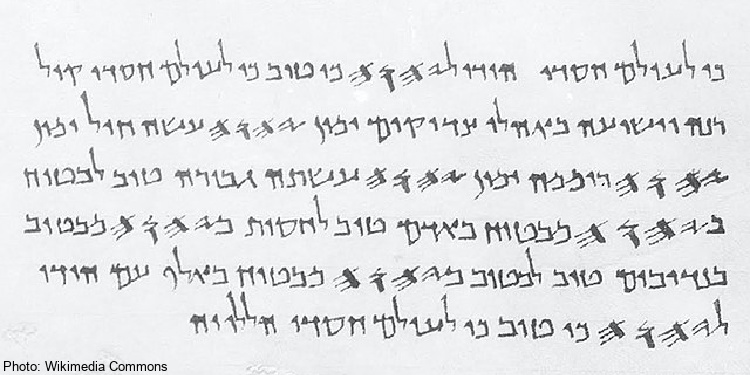
Photo Credit: Wikimedia Commons
But of the other books of the Hebrew Bible, all have been accounted for among the scrolls and fragments found in the 12 caves at Qumran. The Psalms are the most frequently recorded of the biblical books, with 39 having been found among the manuscripts. Deuteronomy is close behind, with 35. Ecclesiastes and Joshua are the two books of the Bible found the fewest times among the Dead Sea Scrolls, with two instances of each.
What Language Are the Dead Sea Scrolls Written In?
The Dead Sea Scrolls were written in four different languages, with each of the four making up different percentages of the whole. Hebrew is by far the most prevalent language in the manuscripts—as would be expected, having been written by Jews—with nearly 80% of the scrolls and fragments being written in Hebrew. 16-17% of the manuscripts are in Aramaic, the Semitic tongue spoken by a growing percentage of Jews during Jesus’ time, as Hebrew was becoming more of a liturgical language. The final two languages found in the scrolls are Greek (with only 3% having this dialect) and Nabataean (a Semitic language of the Near East used by, among other communities, those who lived at the city of Petra).
Dead Sea Scrolls Translation
Since their discovery, ongoing work has been done to translate the Dead Sea Scrolls. Scholars and archaeologists have preserved, photographed, and interpreted the manuscripts, providing us with much more information about both the Bible and the times during which it was lived and written.
Where Are The Dead Sea Scrolls Today?
Today, the Dead Sea Scrolls are at the Israel Museum in Jerusalem, founded in 1965. The manuscripts are kept in a special wing called the Shrine of the Book. The scrolls’ age and fragility make them particularly susceptible to being on display, so the museum rotates which scrolls are available for the public to view, allowing those not currently on display to “rest.” But thanks to modern technology, many of the scrolls have been photographed and digitized so that all people of faith may see them from anywhere around the world.
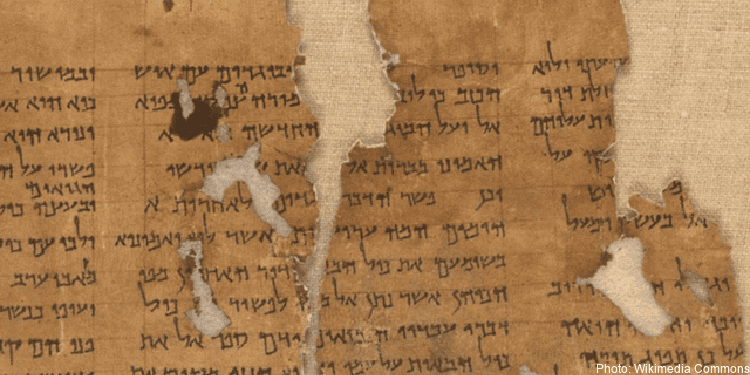
Photo Credit: Wikimedia Commons
Dead Sea Scrolls For Christians and Jews
The discovery of the Dead Sea Scrolls nearly 80 years ago was a foundational moment for Christians and Jews, alike. Before that time, the oldest Hebrew manuscripts of the Bible were from a thousand years after the days of Jesus (1000 CE). And, because of the contents of those later manuscripts being very closely aligned and accurate to those found in the caves of Qumran, people of faith can know that the Dead Sea Scrolls not only provide us insight into Bible times, but assure us of the truth of God’s Word.
Explore the Fellowship Blog
Stay up to date on the latest news in Israel and Jewish-Christian relations.
